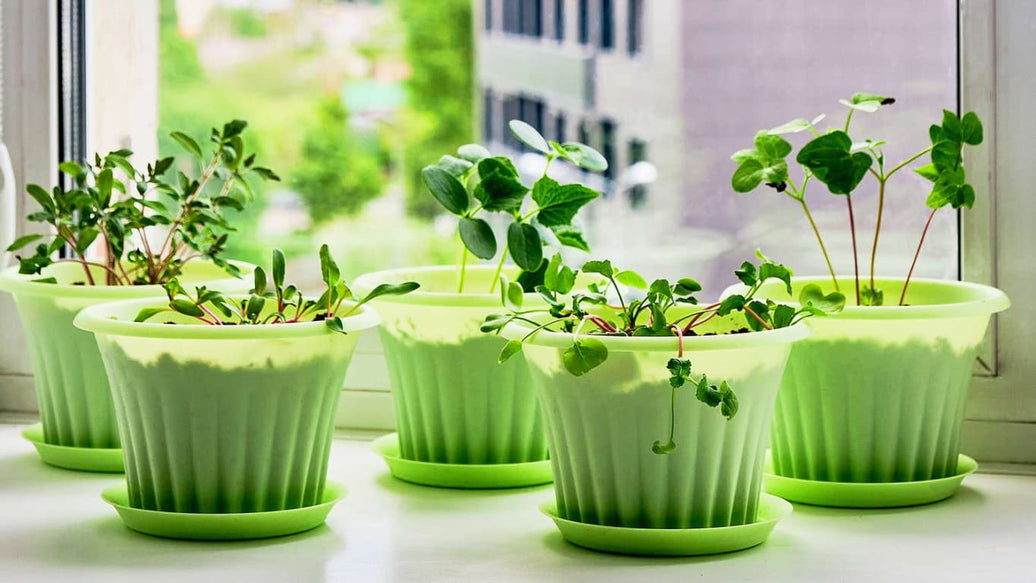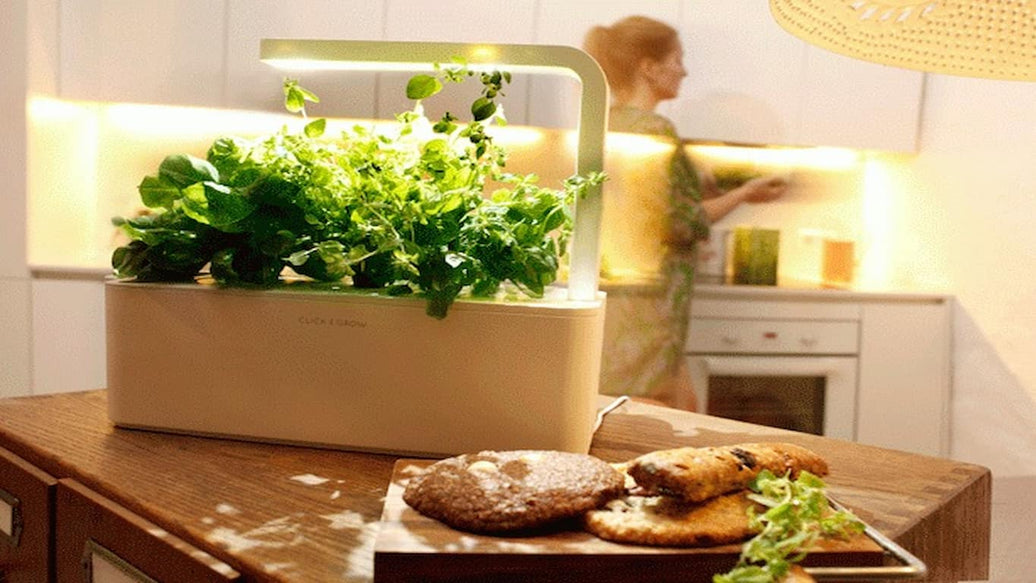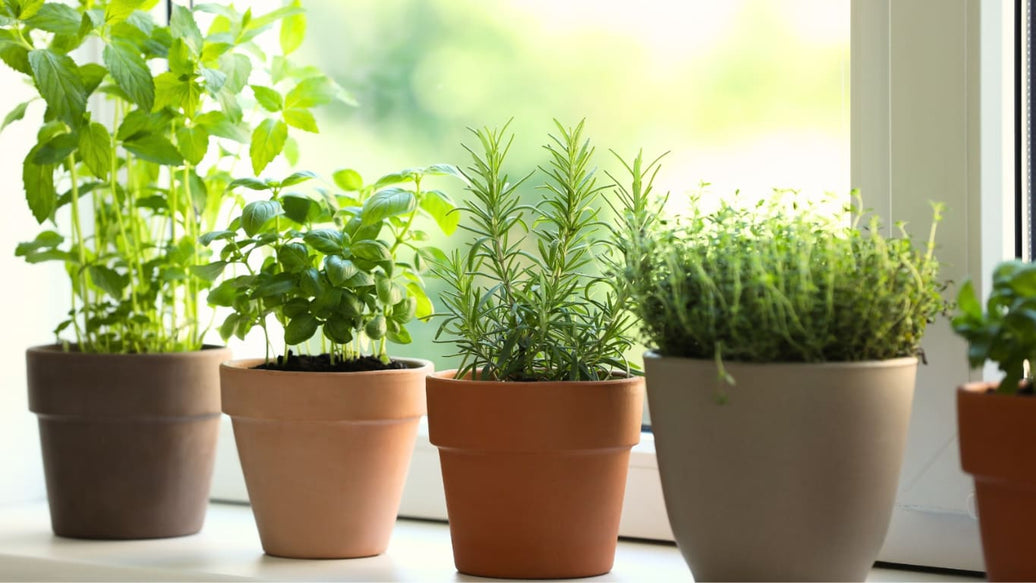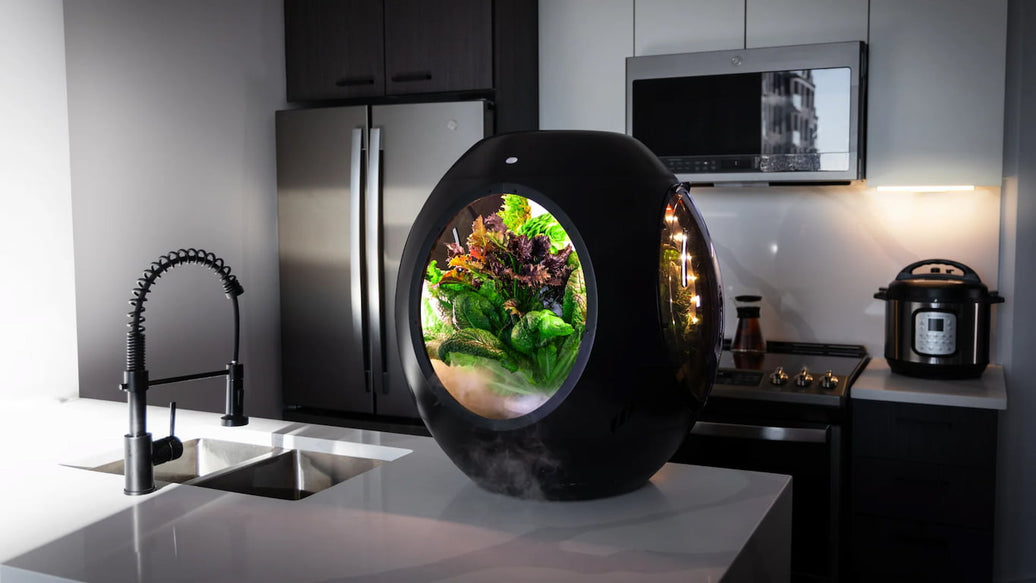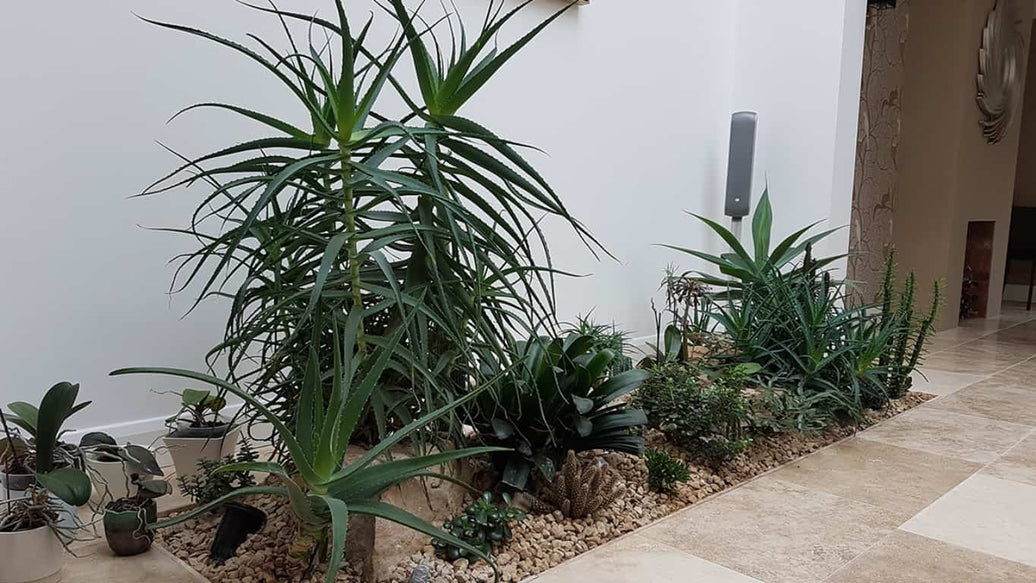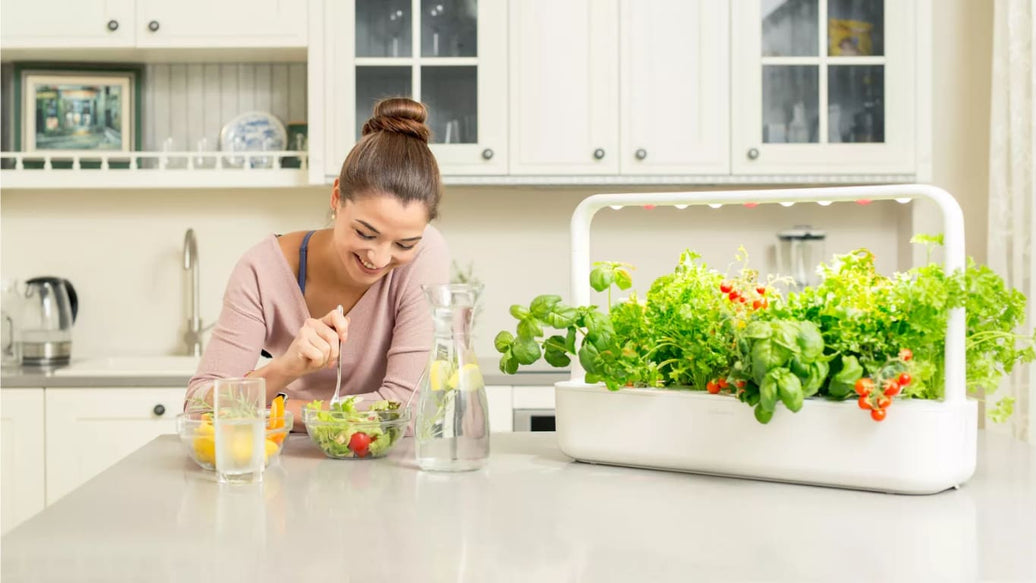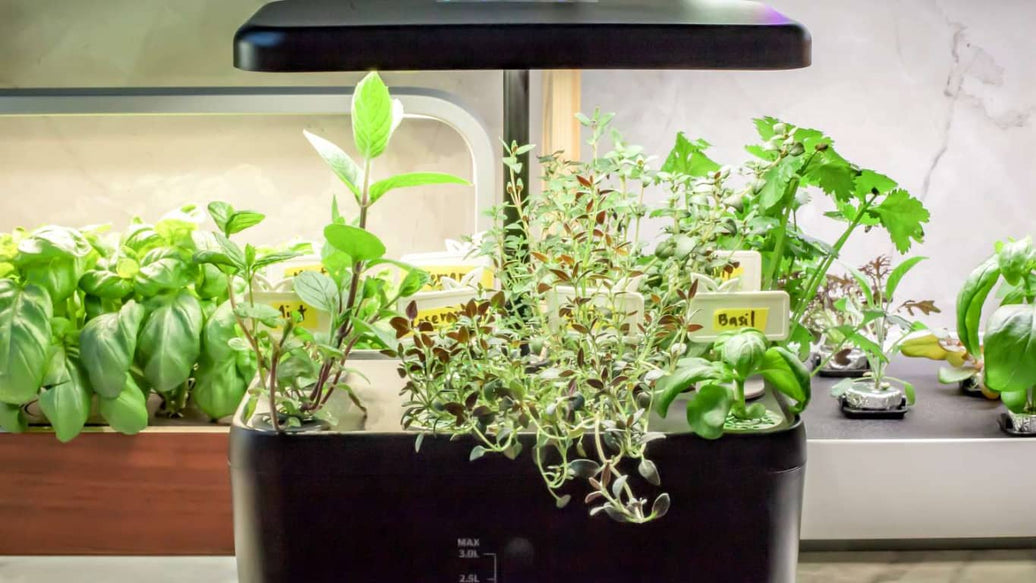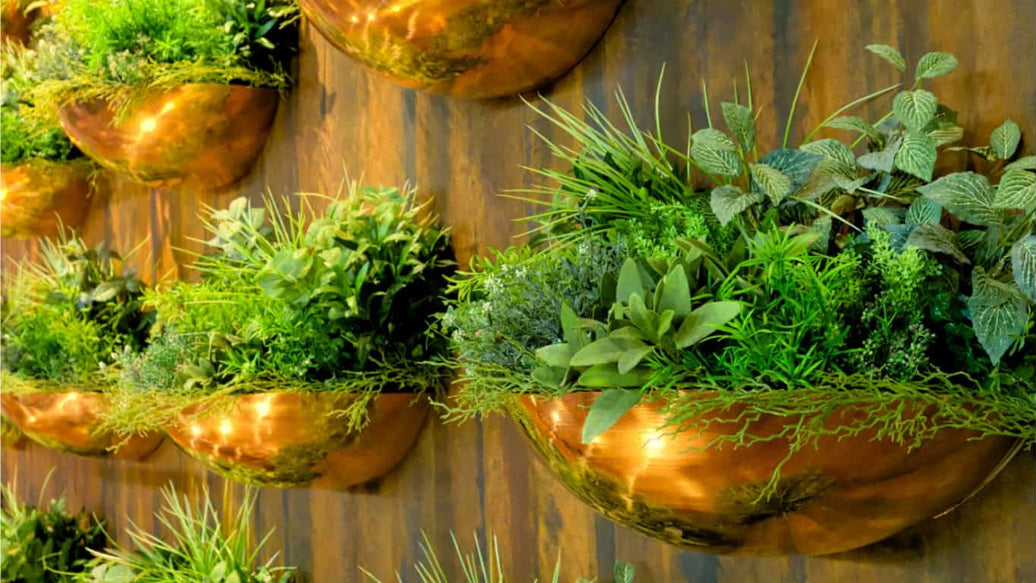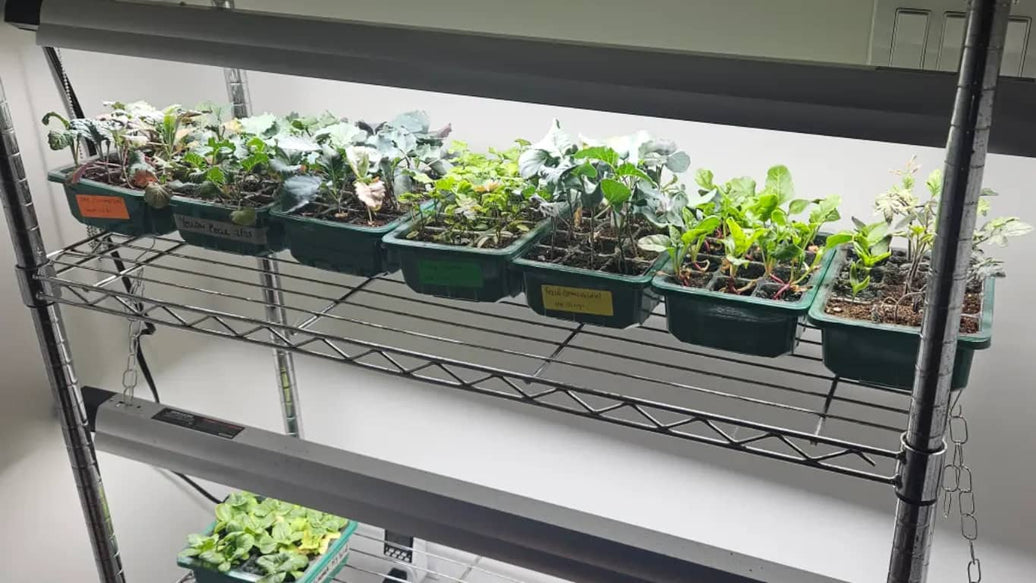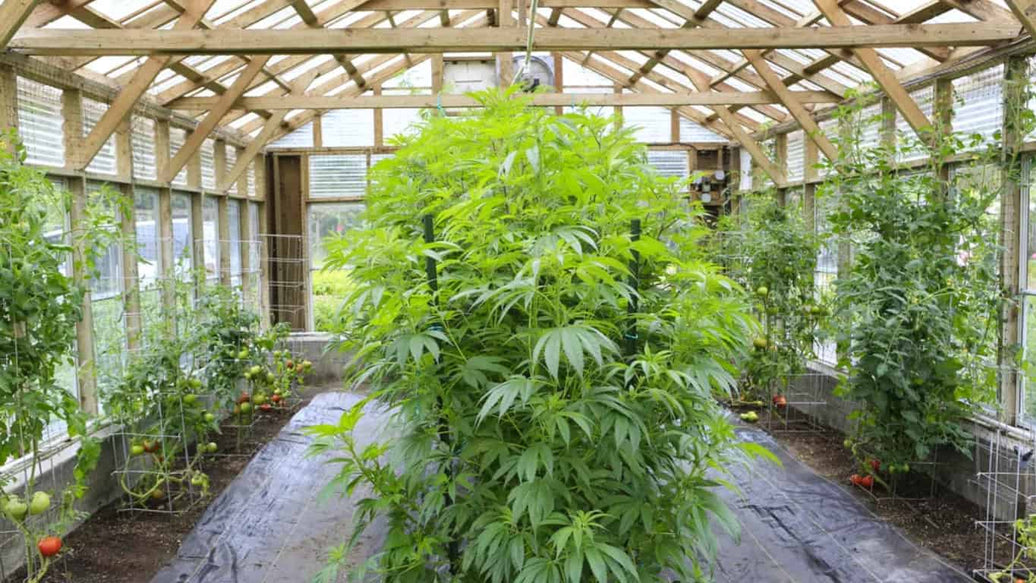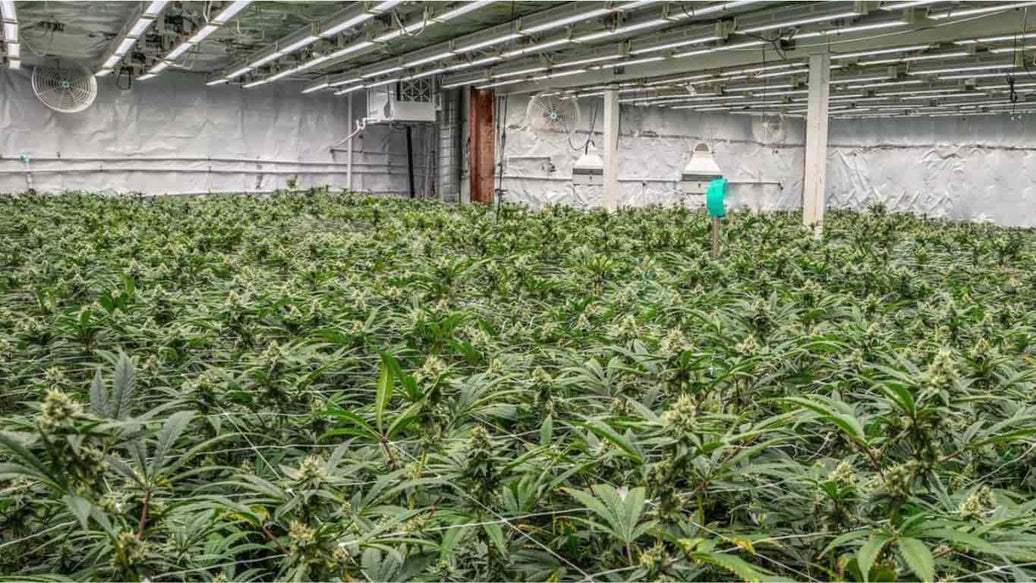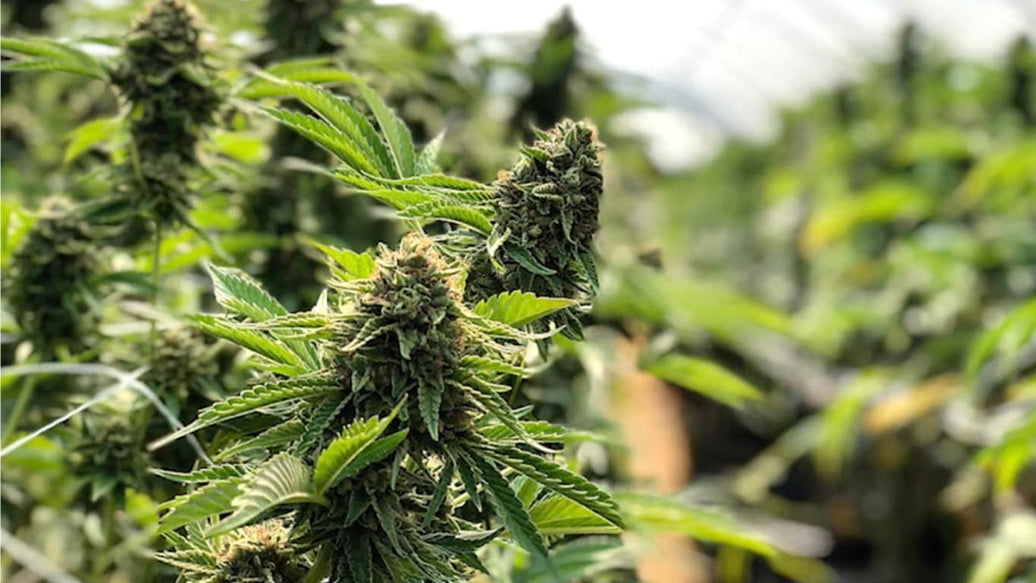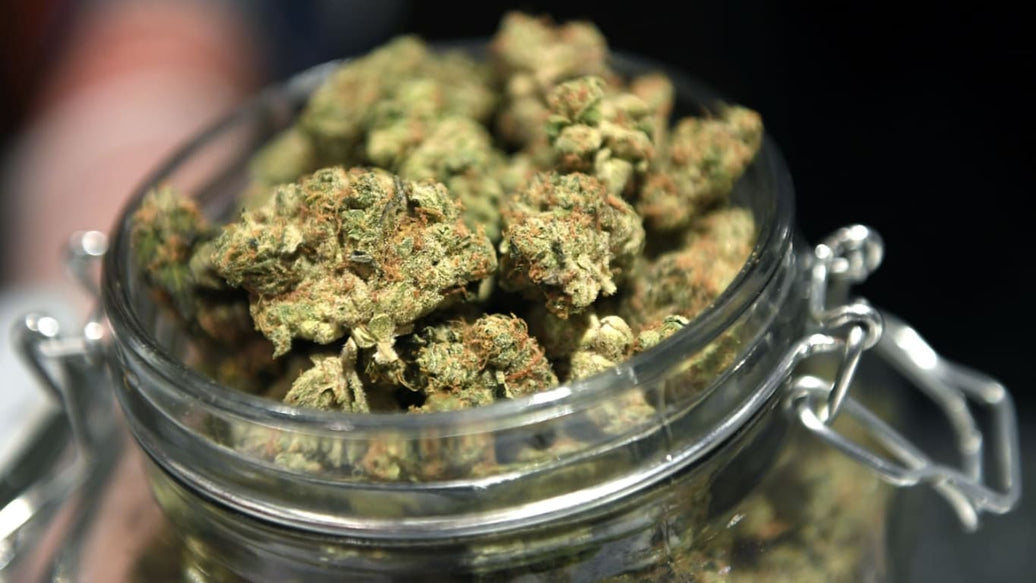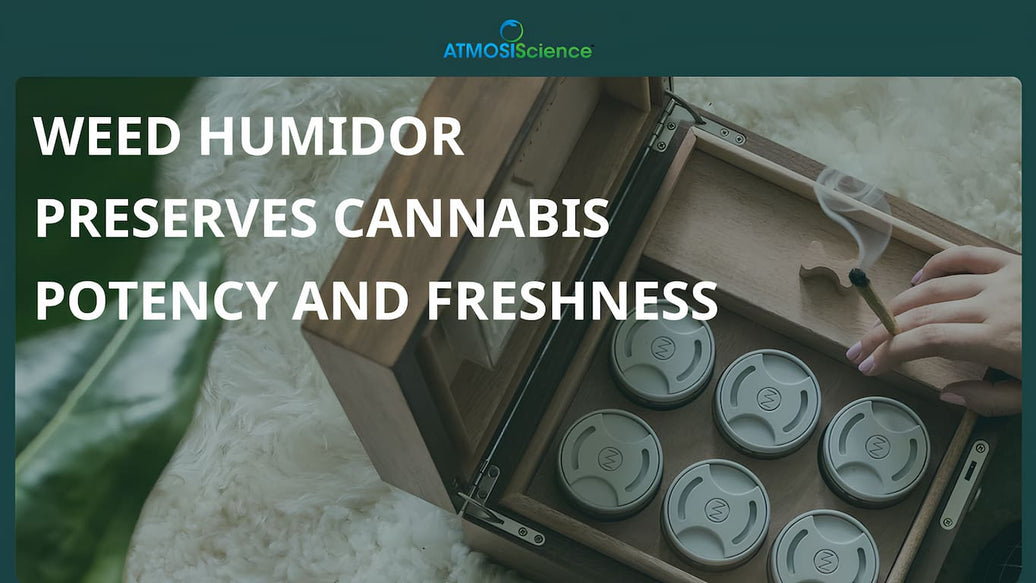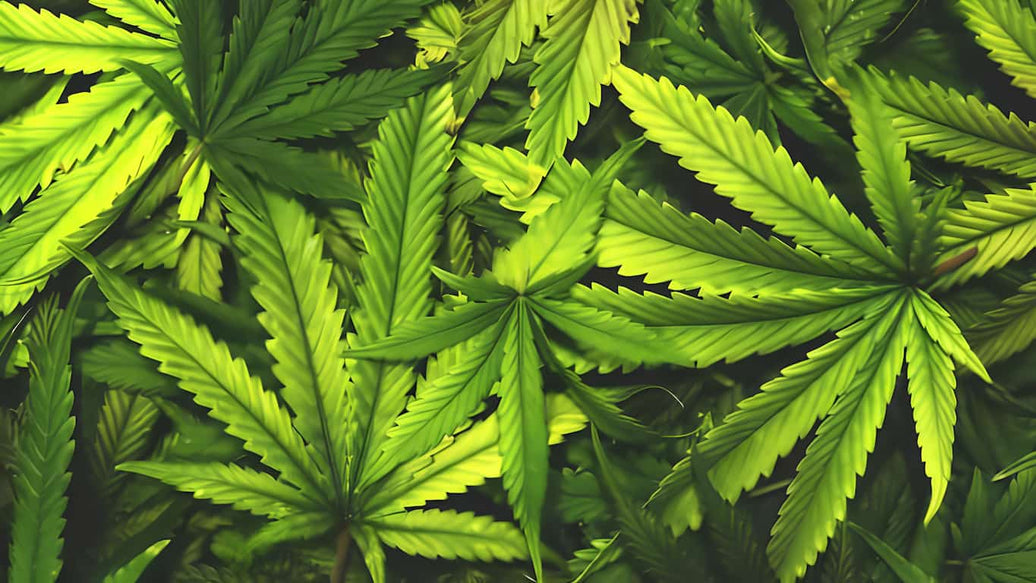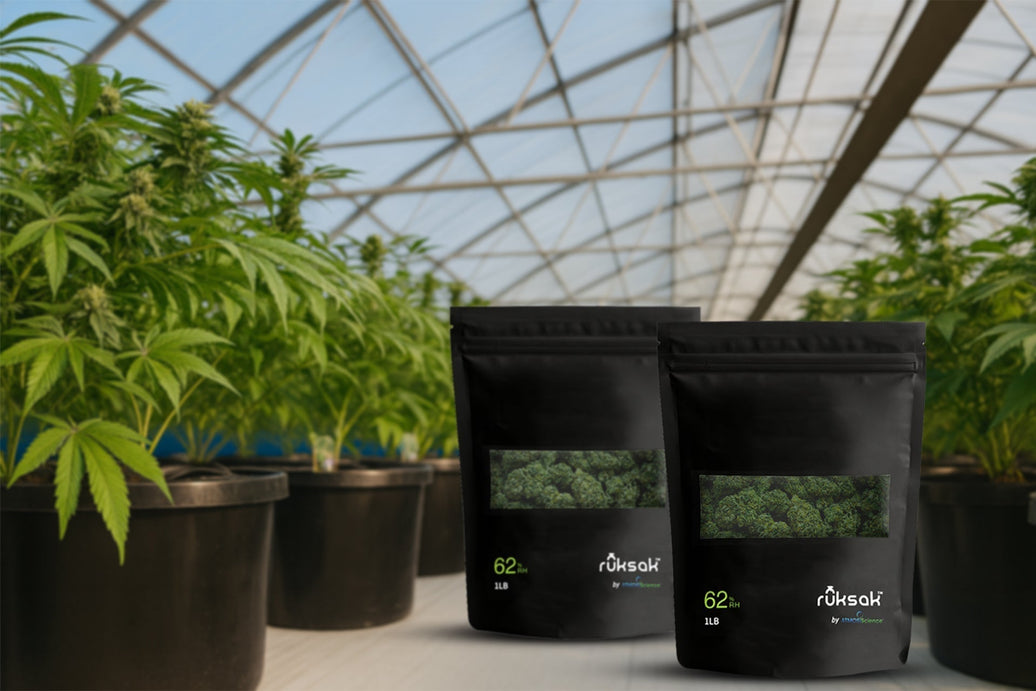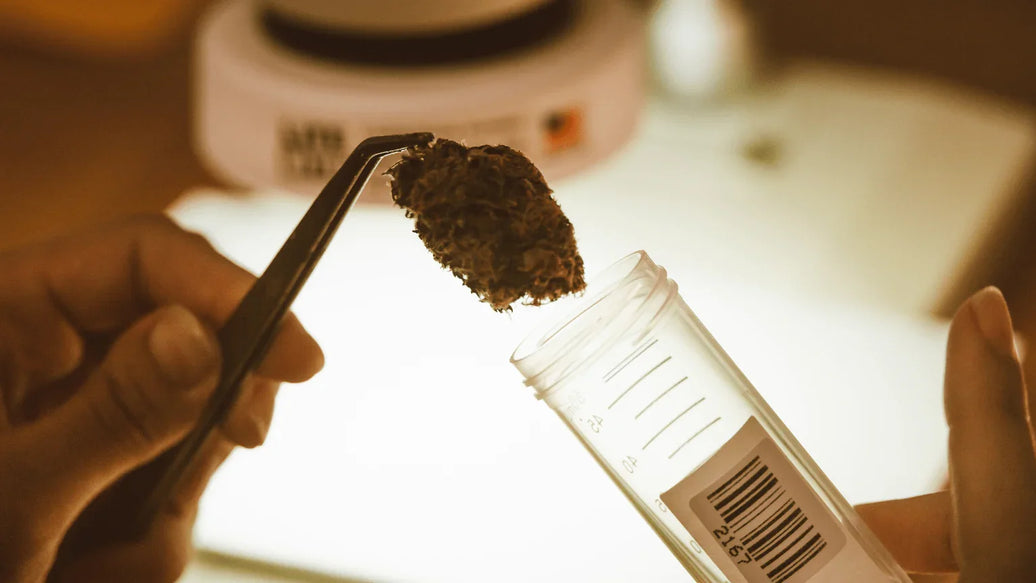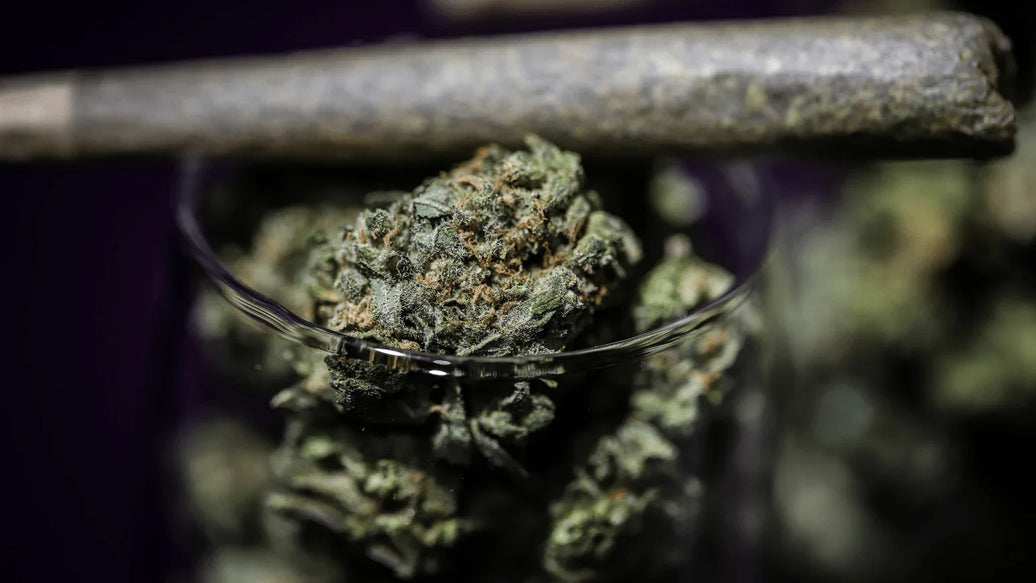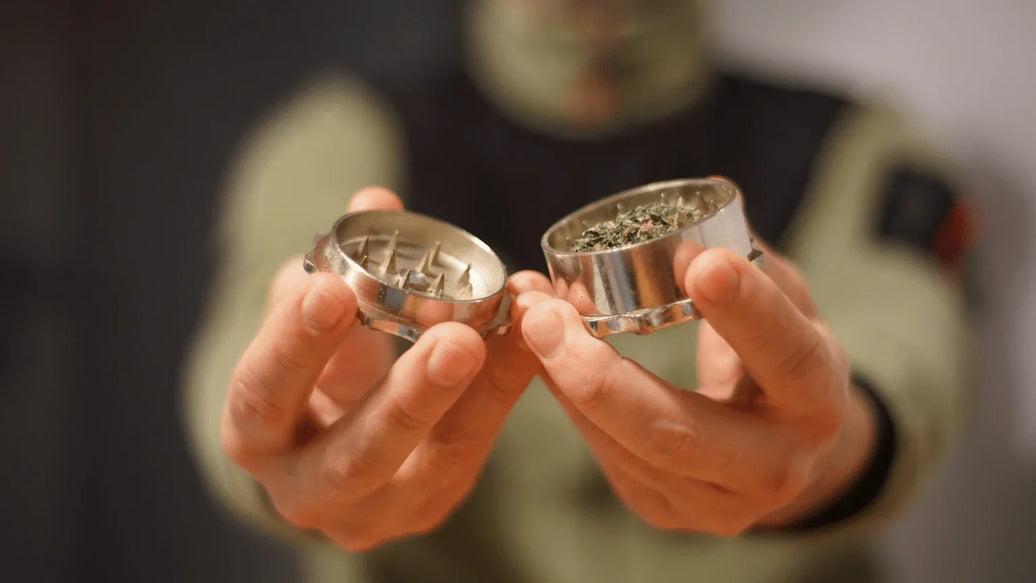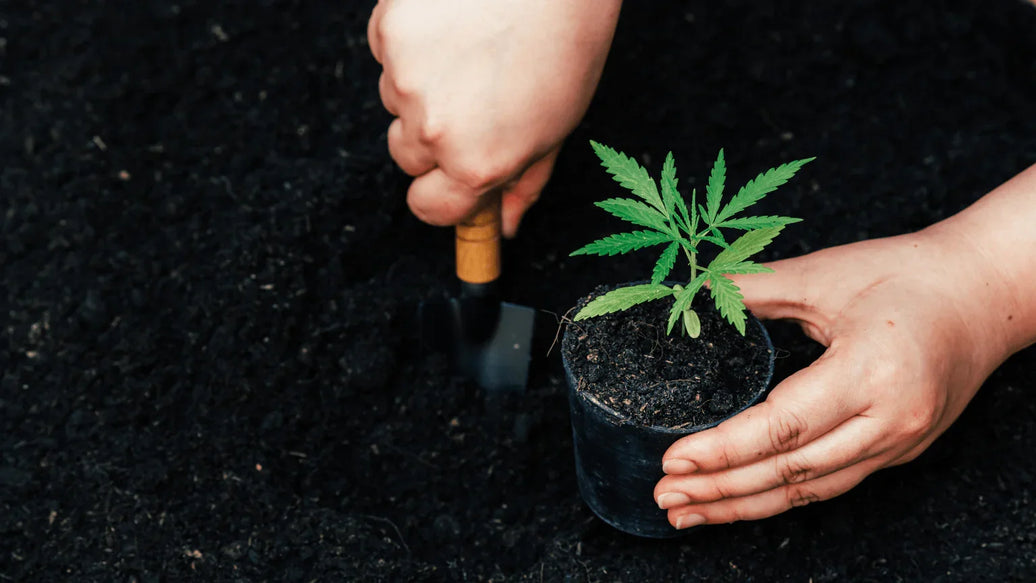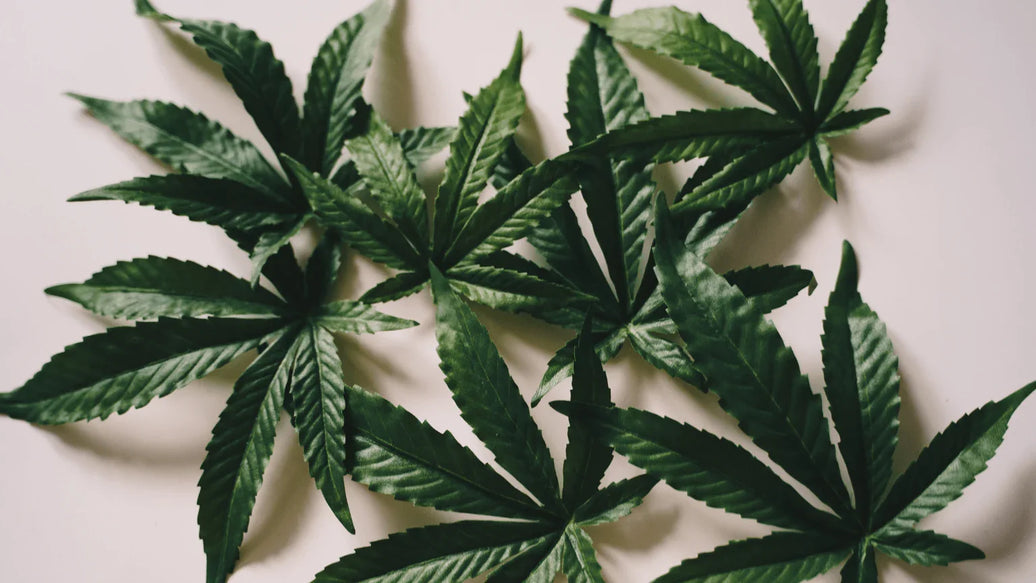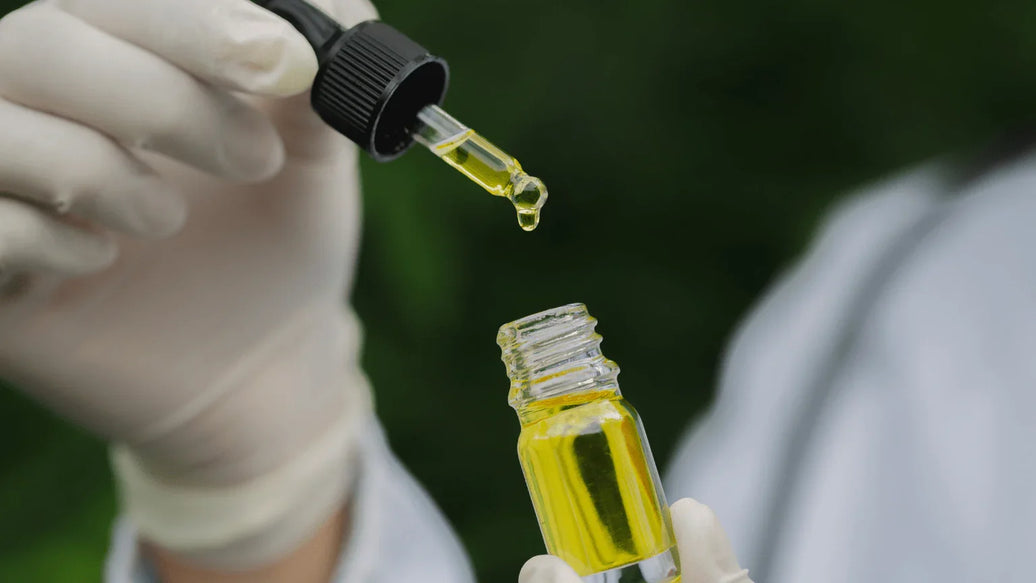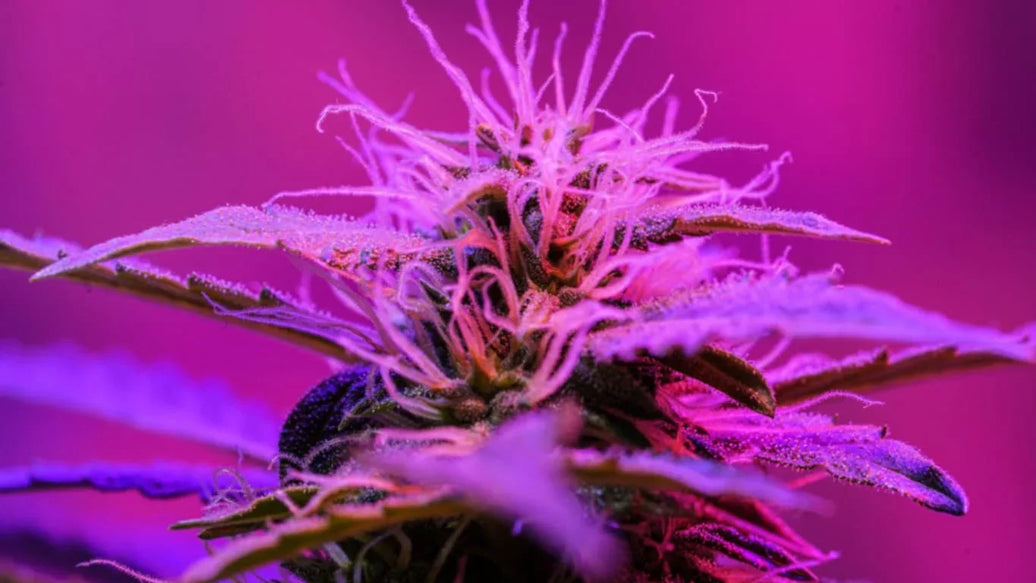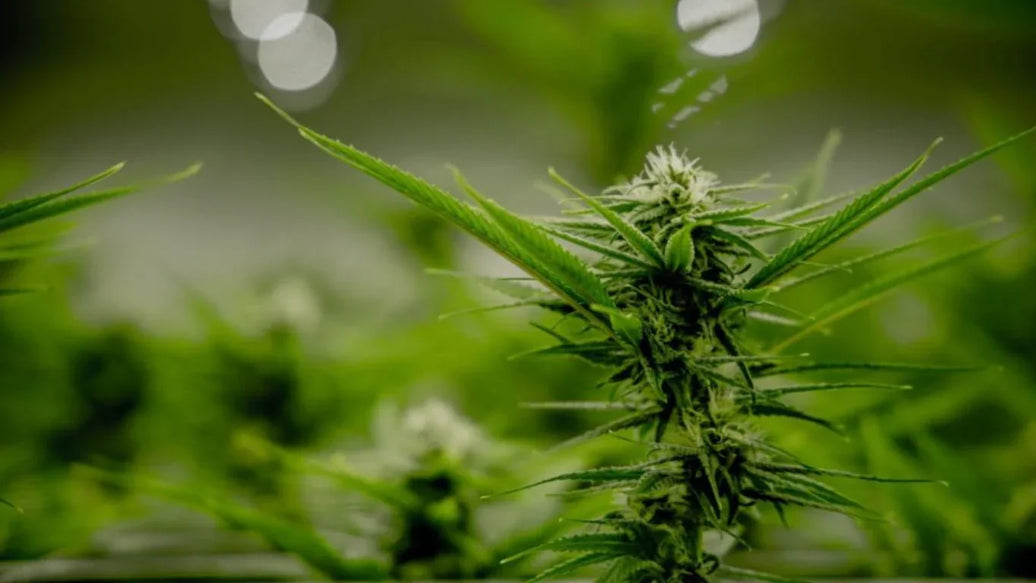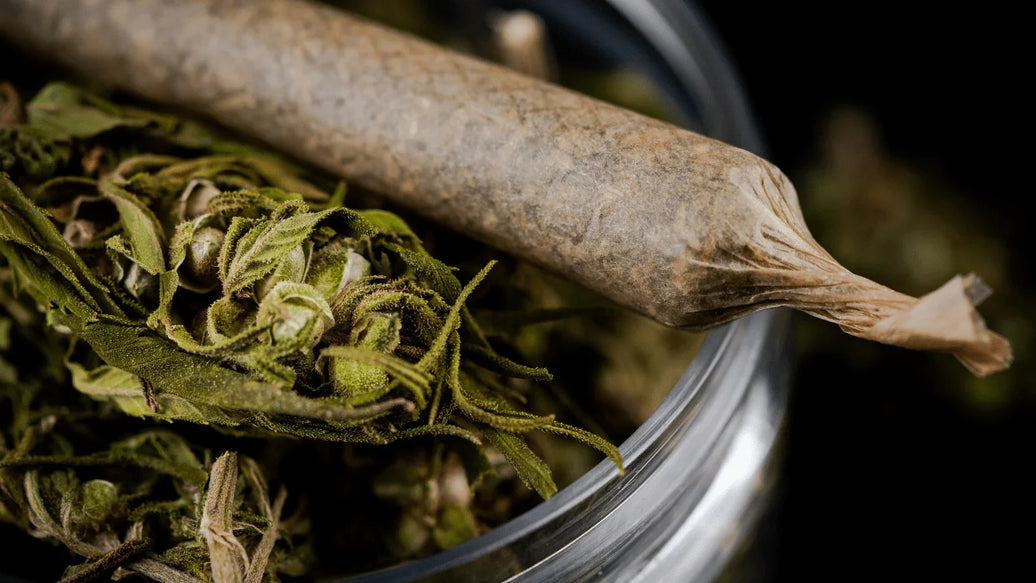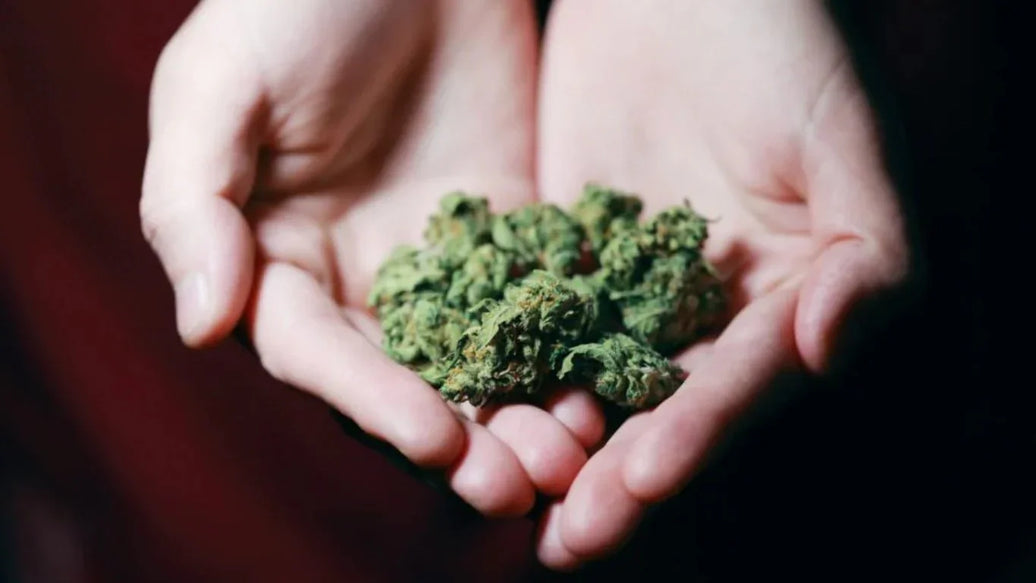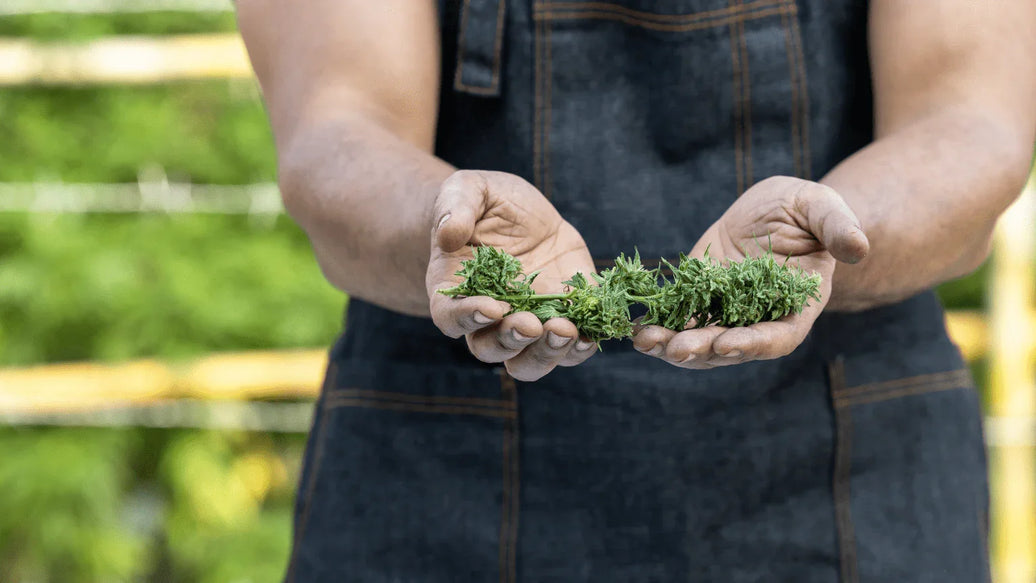Controlling cannabis humidity is vital for healthy plant growth and a top-quality harvest. Humidity affects everything from how the plant breathes and resists mold to the development of cannabinoids and terpenes that define potency and flavor. Different growth stages need different humidity levels, and managing moisture during drying and storage is just as important.
This blog breaks down the science of humidity on cannabis, offers practical tips for every phase, and highlights the best technologies to keep your environment perfectly balanced. Whether you’re new to growing or an experienced cultivator, mastering humidity is key to success.

Understanding humidity: Why it matters for cannabis
To start, let’s get on the same page about what humidity actually means in this context. Relative humidity (RH) is the percentage of moisture in the air compared to the maximum moisture the air could hold at that temperature. Plants interact constantly with this moisture - too much or too little has big effects.
For cannabis, humidity governs transpiration (how plants lose water), nutrient uptake, and even defense against fungi and bacteria. The wrong humidity level will stress your plants - too low and they dry out; too high and mold and mildew get a foothold.
Cannabis growth stages and humidity requirements

Seedling & cloning stage: Keeping high humidity (65–70% RH)
Young plants - especially seeds and clones - are incredibly delicate. Their roots haven’t fully formed, so they can’t pull water from soil efficiently yet. Leaving them in low humidity means the little leaves lose moisture faster than the roots can replace it, causing stress or worse.
At this stage, you want to maintain cannabis humidity levels between 65 and 70%. This moist atmosphere helps the tiny cells keep water balanced and stomata (tiny pores on leaves) stay gently open, allowing oxygen and carbon dioxide exchange without losing too much moisture.
A humidifier or humidity dome is your best friend here. One grower I know likened it to “creating a little rainforest bubble” - and that’s about right!
Vegetative growth: Moderate humidity, supporting strong development (40–70% RH)
Once your plants have roots and a few sets of leaves, they can handle lower humidity but still like it on the humid side - between 40 and 70%. Early vegetative growth benefits from the upper end here, helping leaves expand and photosynthesis work efficiently.
But why this range? Here’s where vapor pressure deficit (VPD) comes in - a concept that sounds complicated but is super important. VPD measures the difference between moisture inside plant leaf cells and the moisture in the air - kind of like how thirsty a plant “feels”. Managing VPD keeps transpiration steady, ensuring plants aren’t stressed by either too-dry or too-moist air.
A well-maintained VPD reduces the chance that your plants will close their stomata - protecting CO₂ uptake and preventing slowed growth.
Flowering phase: Lower humidity to prevent mold & boost resin (40–50% RH)

As flowering kicks off, the game changes. Plants become much more susceptible to molds like Botrytis cinerea (the dreaded gray mold) and powdery mildew. Both thrive in moist environments with stagnant air.
Therefore, it’s essential to reduce humidity on cannabis to around 40–50% during flowering. This drier setting slows fungal growth and also encourages the plant’s trichomes - the resinous glands that contain cannabinoids and terpenes - to develop more densely.
Many growers report better stickiness, aroma, and potency when they maintain these lower humidity levels at flowering. It’s a tricky balance, but controlling moisture here is key to protecting your buds and maximizing quality.
Late flowering and pre-harvest: Fine-tuning moisture (30–50% RH)
In the final weeks before harvest, dropping humidity further to 30-50% helps protect delicate terpenes from vaporizing away and slows microbial growth. Terpenes are volatile, fragrant oils that give cannabis its unique scent, flavor, and even some medicinal properties.
It’s also during this period that decarboxylation - the chemical process turning inactive THCA into the psychoactive THC - starts to accelerate, and humidity management can affect the pace and completeness of this reaction.
This stage deserves the closest attention to humidity. Many growers find humidifiers or dehumidifiers especially useful here.
Drying and curing: Mastering post-harvest humidity
Drying - The crucial first step
After harvest, carefully controlling cannabis humidity during drying avoids mold and preserves cannabinoid content. Traditional drying rooms often operate at about 50–60% RH with temperatures around 65–70°F (18–21°C).
But not all drying setups are equal.
Controlled-atmosphere drying chambers, which regulate humidity and temperature precisely, can speed up drying, minimize mold risk from fungi like Alternaria alternata, and better retain aroma and potency.
Terpene and cannabinoid preservation during drying
Humidity strongly influences how cannabinoids and terpenes behave during drying. Too much moisture can slow decarboxylation and enable spoilage, while too little humidity on cannabis can evaporate precious terpenes, leaving washed-out flavor.
Some growers use freeze-drying techniques to maintain low, stable humidity and temperature conditions. Studies show this preserves cannabinoids and terpenes better than air drying.

Aim for about 50–55% RH during drying to balance speed and quality.
Curing - The art of patience
After drying, curing buds at about 58–62% RH is critical. At this stage, moisture slowly redistributes inside the flowers. Using moisture buffer packs in airtight jars keeps humidity stable, preventing over-drying or mold.
Proper curing unlocks flavor complexity, smooths harshness, and enhances shelf stability, making humidity management here just as important as earlier in growth.
Storage: Preserving quality over time
Sustaining optimal air moisture levels (RH 59–63%) during storage
Proper long-term storage conditions require maintaining RH between 59–63% to prevent bud desiccation or moisture-related mold growth. Packaging materials must be chosen carefully for their permeability properties to prevent moisture migration that can lead to bud desiccation or mold.
Innovative solutions like biodegradable RH-control packets are becoming more popular, aligning sustainability with quality preservation.
Ensuring safety with rigorous mold and yeast testing
Routine monitoring of Total Yeast and Mold (TYM) counts helps verify product safety and regulatory compliance. Employing continuous environmental data logging and laboratory testing allows early detection and control of microbial contamination risks.
Tools & technology: How to maintain ideal cannabis humidity
Maintaining proper cannabis humidity manually is a tough task. Luckily, there’s technology:
- Dehumidifiers (heat-pump or desiccant-based) keep RH low in flowering and drying rooms.
- Humidifiers (ultrasonic and dry-fog) add moisture, ideal for seedling and vegetative phases.
- Advanced 2-Way Humidity Control Systems: One standout innovation available at ATMOSIScience is the 2-way humidity regulation technology featured in several products within their cannabis seed-to-sale collection. Unlike traditional humidifiers or dehumidifiers that only add or remove moisture, these integrated systems can both increase and decrease humidity levels automatically. This bidirectional control ensures that cannabis humidity stays within target ranges precisely, even amid fluctuations in ambient conditions.
Automating this process helps maintain consistently ideal conditions, reducing guesswork and improving crop outcomes.
Humidity is not a peripheral concern - it shapes your plant’s health, impacts yield, and makes or breaks the quality of your cannabis. From propagation to storage, understanding and managing cannabis humidity enables you to produce flowers with greater potency, better flavor, and longer shelf-life, all while minimizing risks like mold.
At ATMOSIScience, we specialize in these humidity management solutions to help you master your premium cannabis.

